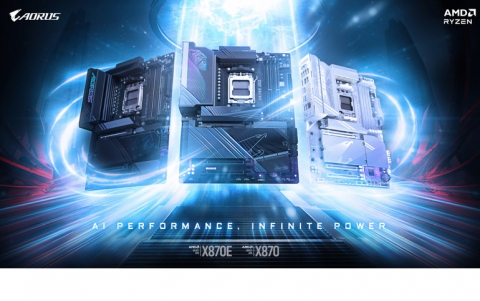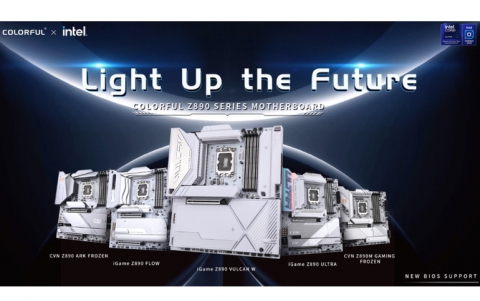Philips Thermo-Balanced Writing
Thermo-Balanced Writing
Source: Philips
- Introduction:
 is
a new technology that attempts addressing the problem of writing reliably writing
to the most CD-R media that is sold in the massive market.
is
a new technology that attempts addressing the problem of writing reliably writing
to the most CD-R media that is sold in the massive market.
The explosion in demand for CD Recordable (CD-R) discs and the endless race of higher recording speed and lower cost has led to the production and sale of a great many makes and types of discs, both branded and unbranded. Numerous manufacturers all over the world are producing high volumes of CD-R media that sometimes have questionable quality. Thermo-Balanced Writing attempts to solve that problem.
- What "Quality" means for the CD-R media?
The non compliance of CD-R media with the global standards set out in the Orange Book for CD-R media. The original concept of design the Compact Disc audio and data drives and their various media types and applications was to have the maximum compatibility, including backwards compatibility, wherever possible. For that propose, standards have been agreed between major CD manufacturers.
However real life shows that some CD-R discs available in the market do not match up in the basic technical parameters of the standards established in the Orange Book. The production facilities and the quality control may be in not the desired levels, the materials which are used are not the proper one. There can be patches of the disc surface almost without recording medium (in addition to scratches, dirty marks or other surface defects), or gross mechanical damage which results in imbalance and reading problems after the writing of the disc.
- How CD-R media is produced?
The recording process used for CD-R discs relies on the heating effect of a laser pulse focussed on the dye layer of the disc. Where the laser pulse is applied, a "pit" is created and the reflectivity of the surface is reduced. The signal representing the (digital) data is recorded in the succession of these pits, separated by reflective "lands" of unburned material. The current recording system (drive + disc) is very sensitive to variations outside the Orange Book specifications, particularly when writing at high speeds (12x and higher). Each manufacturer in order to achieve ultra high recording speeds have followed its own way since there is not Orange Book specification for recording higher than 16x.
- What potiential problems could occur?
The heat produced by the laser pulse should be just enough to burn a pit to the right size and density. However, if the dye layer is of poor quality, or the disc manufacture is defective, the right amount of cooling may not occur in the medium between successive pulses. This results in dimensions of individual pits which can be too large and the possibility of errors may occur in reading ( "cross-talk" between tracks).

Typical Heat
Profile during CD-R write phase
Also, if the pits come out too small or too light, then other reading errors can occur. If a CD-R drive has no technology of controlling the burn process, to check the nature of the media, then the use of low quality media will cause defective recordings and ,most possibly, readability problems.
- How Philips promises to overpass it?
Philips has developed a system of self-calibration for recording CD-R discs. This solution is "on board" in the drive itself. It is called TBW [Thermo-Balanced Writing]. TBW, partnering with a Self-Learning process, adds intelligence to the drive and enables it to automatically make decisions about how to process and write a new disc. TBW technology is not applicable to the RW disc since the re-writing function done with a completely different recording methodology.
The 2 major points of the Philips solution is: a) new hardware and b) firmware built into the drive with the TBW algorithm which evaluates the disc and determines the burn parameters.
- How the TBW algorithm works?
When a blank disc is inserted, the drive starts the self learning algorithm for the specific media. What happens is a fast sequence of tests that determine precisely the power dosage of the laser burn pulses that need to be applied to the particular disc that the TBW intelligent CD-RW drive itself discovers to have been inserted in the disc tray.
In a some seconds a sequence of physical tests are performed on the disc to determine its characteristics. A series of test pits are burned into the disc at the appropriate speed and with the burn laser pulsed as necessary to achieve the optimal relationship between pits and lands, in particular, to provide the correct reflectivity differential, the correct position, length and spacing of each element and an acceptable block error rate. The test burn is then read and if the result is within the Orange Book specifications, the disc is qualified for the maximum recording speed.
If the test results are not good, then the algorithm re-does the above testing, however this time with a lower writing speed (example 8x). If the media behaves well with that recording speed, then the drive adopts that speed and proceeds in the recording process. During the burn process, TBW tailors the laser pulses to give exactly the right amount of heat so as to create a sequence of signal pits all having the right size and density. The result is an optimal ratio of reflectivity between pits and lands, with the correct size and spacing defined.
The TBW technology ensures that each media is treating differently and that the produced disc will always be in the best possible condition. The user will notice the higher recording time if low quality media is used. Also the CDR software will inform them of the new recording speed.
In other words, the TBW intelligent drive can calibrate itself and so automatically compensates for variables in the recording media; and every disc is treated individually. This feedback system offers other advantages over one with fixed parameters: if the laser characteristics vary over time or if it suffers from a build-up of dirt, the effect on its output will automatically be compensated for by the TBW feature. This makes for greater reliability, and longer useful life of the drive itself.
According to Philips tests, most sub-specification CD-R media can now be satisfactorily written and read with a very limited chance of rejection. The new Philips 12x8x32x CD-RW is the first product to have been introduced utilising TBW technology and from now, all Philips 8x4x32x CD-RW drives have this feature.













